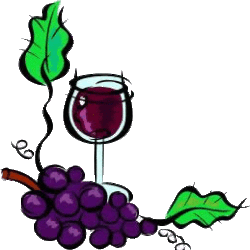 International demand for New Zealand wine shows no sign of slowing, with total export value reaching a record $1.83 billion according to the 2019 Annual Report of New Zealand Winegrowers.
International demand for New Zealand wine shows no sign of slowing, with total export value reaching a record $1.83 billion according to the 2019 Annual Report of New Zealand Winegrowers.
Export value has risen by 6% in June year-end 2019, and at a retail level, this translates to over $7 billion dollars of New Zealand wine sold around the world annually. The UK and USA led the growth, with the USA continuing to be New Zealand wine’s largest market with over $550 million in exports.
The premium reputation of New Zealand wine has translated to real value in its major markets where the country remains either the highest or second-highest priced wine category in the USA, UK, Canada, and China. “This year’s export results again reflect the New Zealand wine industry’s strengths, and reinforce our international reputation for premium, diverse and sustainable wines.” said John Clarke, Chair of New Zealand Winegrowers.
The report highlights the completion of the 2018 PwC Strategic Review, the first within the industry since 2011, which provided a wealth of usable insights into the state of the New Zealand wine sector, challenges and opportunities. “The Strategic Review report noted the continued steady growth of the industry, and identified a range of challenges and risks that need to be addressed to maintain that trajectory and ensure all members have the opportunity to benefit” said Mr Clarke.
Mr Clarke noted the Strategic Review underscored how important all aspects of sustainability were in order to maintain the New Zealand wine industry’s social license to operate. “As an industry, we need to ensure our key focus is on enhancing sustainability initiatives. Sustainability is a cornerstone of the reputation of New Zealand wine, and is vital to the ongoing success of our industry.”
Highlights over the last year include the completion of the first phase of the Bragato Research Institute’s climate change programme, the commencement of a new research winery facility, and the International Sauvignon Blanc Celebration, which saw over 100 international wine producers, experts and key influencers visit Marlborough to experience New Zealand’s diverse Sauvignon Blanc offerings.
The 2019 Annual Report can be accessed here.
For further information contact:
Philip Gregan
CEO, New Zealand Winegrowers
021964564
Editor’s note:
• Wine is New Zealand’s sixth-largest export good.
• New Zealand wine is exported to more than 100 countries.


